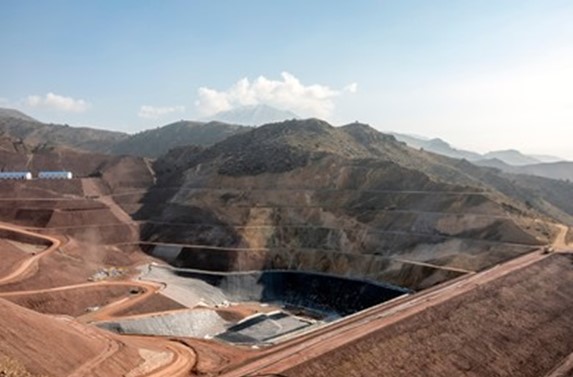Tailings dams are an essential part of mining operations, and their ongoing management is a key driver for mine productivity and continuity of operations. These dams store the byproducts of mining, like slurry, fine waste, and water. Unlike traditional water dams, tailings dams grow and change throughout the life of a mine, making them more complex to manage to ensure their stability and safety.
Kurloo technology has been successful for monitoring the stability of multiple tailings dams in Australia, by providing a cost-effective, accurate, and a reliable solution. This is transforming how mining companies improve, to monitor these critical assets and maintain safety. In the words of our customer, “Kurloo is a standout from the perspective of setup and ease of access to the vital information we need to manage the assets sustainably.”
Types of Tailings Dams – The Core Designs
The most common types of tailings dams include upstream, downstream, and centreline designs. Each has different risk profiles, influenced by factors such as local geology, seismicity, and available materials. Upstream dams, for instance, are built using the tailings themselves as part of the embankment. This design is more cost-effective but carries higher risks if the tailings aren’t adequately compacted or monitored. Downstream and centreline designs, on the other hand, are often constructed with external materials, like rock, making them more stable but more expensive to build.
These structures have come under increased scrutiny following the tragic failures at the Samarco and Brumadinho dams in Brazil. In both cases, the failure of tailings dams led to catastrophic loss of life and severe environmental damage. These disasters have forced the industry to rethink its approach to tailings management.
Tailings Dam Risk Management – Learning from the Past
In the wake of the Brumadinho disaster, major mining companies, including BHP, undertook comprehensive reviews of their tailings storage facilities. The review focused on factors like dam design, construction practices, and operational discipline to assess the risk and ensure the safety of these facilities.
One of the outcomes of this review was a set of standardised guidelines to classify tailings dams based on the hypothetical most significant failure scenario. In BHP’s case, this is aligned with the Canadian Dam Association’s classification system. The aim is to ensure consistency in risk assessments.
Tailings dam failures often occur due to multiple factors. These include overtopping (where water spills over the dam), structural failure (due to poor materials or design), or foundation instability. Monitoring for these failure modes is critical, which is why modern facilities employ a variety of technologies, from real-time monitoring systems to periodic inspections and dam safety reviews conducted by independent engineers.
Case in Point – Kurloo Technology and Tailings Dam Monitoring
An excellent example of this shift towards a more technologically advanced approach to risk management is the development of Kurloo Technology. By providing near real-time, accurate monitoring of geospatial movements, Kurloo’s technology offers a way to detect potential failures before they occur. Monitoring the smallest shifts in dam structure can prevent small issues from becoming catastrophic failures. This is a significant step forward in proactive risk management and complements existing practices of surveillance and review. Be sure to read the Kurloo Mining case study – Tailings Dam at Dawson’s Mine. To continue to conduct mining activities adjacent to the tailings dam, Kurloo was used to gather baseline data to serve as an early warning system against slope failure.
The future of tailings dam management is focused on safety, technology, and sustainability. With large mining companies leading the charge, through rigorous monitoring, technological advancements, and international collaboration, the future of tailings management is set to be safer and more sustainable. Leveraging cutting-edge tools like Kurloo Technology allows us to take a proactive approach, ensuring that tailings dams are not only stable but continually monitored to mitigate risk.
Did you know that Kurloo Technology not only measures 4D data but also integrates other critical environmental data, such as rainfall, into the Kurloo Nest? This comprehensive approach allows for more informed decision-making by considering all relevant environmental factors. Kurloo Technology sets a new standard for precision and efficiency. Discover how Kurloo Technology can transform your operations by visiting our website today.
We are excited to announce our participation in some of the most influential industry events and conferences this year. Join us to discover the latest innovations and how Kurloo Technology is leading the way in precision monitoring and geospatial solutions.
